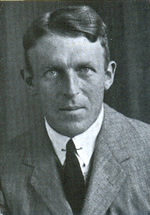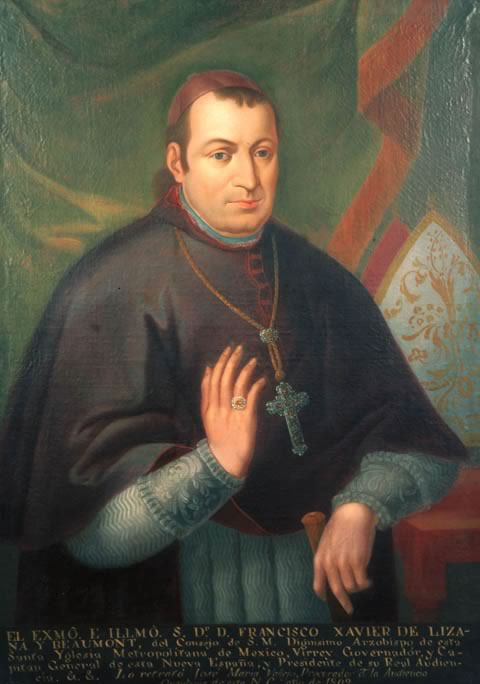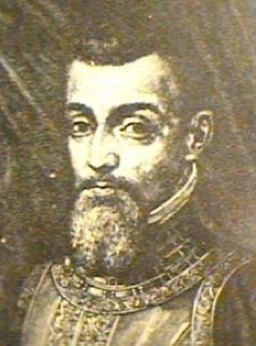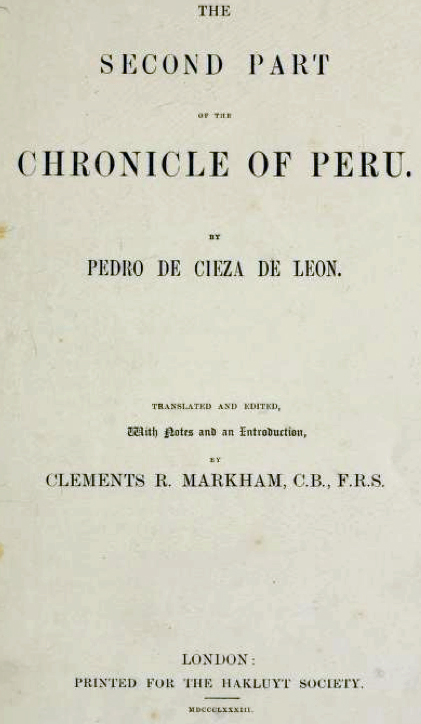Bernardo de Lizana, did missionary work among the Itza-Maya Indians of Yucatan during the first century of the Spanish Conquest. In his History of Yucatan and Spiritual Conquest, written in 1633, Lizana maintained that:
"Chief of the beneficent gods [of the Itza-Mayas] was Itzamná."
In speaking of the death of Itzamná, Bernardo de Lizana wrote:
"Thus passed Itzamná, this reputed Son of God—perhaps our Christian God under another name... the Itzas believed that his soul went to dwell with his Heavenly Father." (Historia de Yucatan, by Bernardo de Lizana, cited in T. A. Willard, Kukulcan the Bearded Conqueror,., p. 127, pp. 151-152 & pp. 148-149)
----------------------
 << Eric S. Tompson
<< Eric S. Tompson
“Itzam Na,", [or Quetzalcoatl], "was also... able to cue the sick and even bring the dead to life.” (J. Eric S. Thompson, The Rise and Fall of Maya Civilization, p.229)
---------------------------------
<< Pedro Cieza de León was a Spanish conquistador and chronicler of Peru.
Pedro Cieza de León recorded the following:
"Before the lncas reigned in these kingdoms... there came…a white man of great stature, who, by his aspect and presence, called forth great veneration, [regard with great respect], and obedience. This man who thus appeared had great power, insomuch that he could change plains into mountains, and great hills into valleys…. As soon as such power was beheld, the people called him the Maker of created things, the Prince of all things,…they say that he performed other wonders, giving life to men...." (The second part of the Chronicle of Peru, p. 5-6, by Pedro de Cieza de León)
[Pedro de Cieza de León is known primarily for his history and description of Peru, Crónicas del Perú. He wrote this book in four parts, but only the "First Part of his Chronicles of Peru", was published during his lifetime; this "The Second part of the Chronicles of Peru", which contains the above information, and "the remaining sections were not published until the 19th and 20th centuries.")


